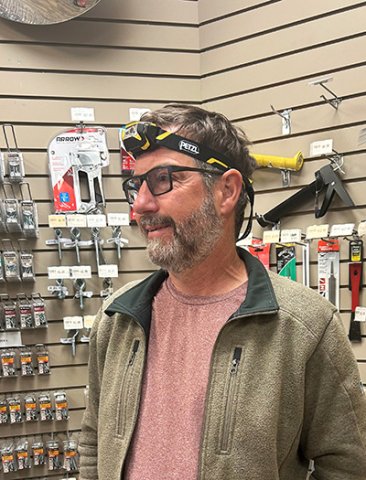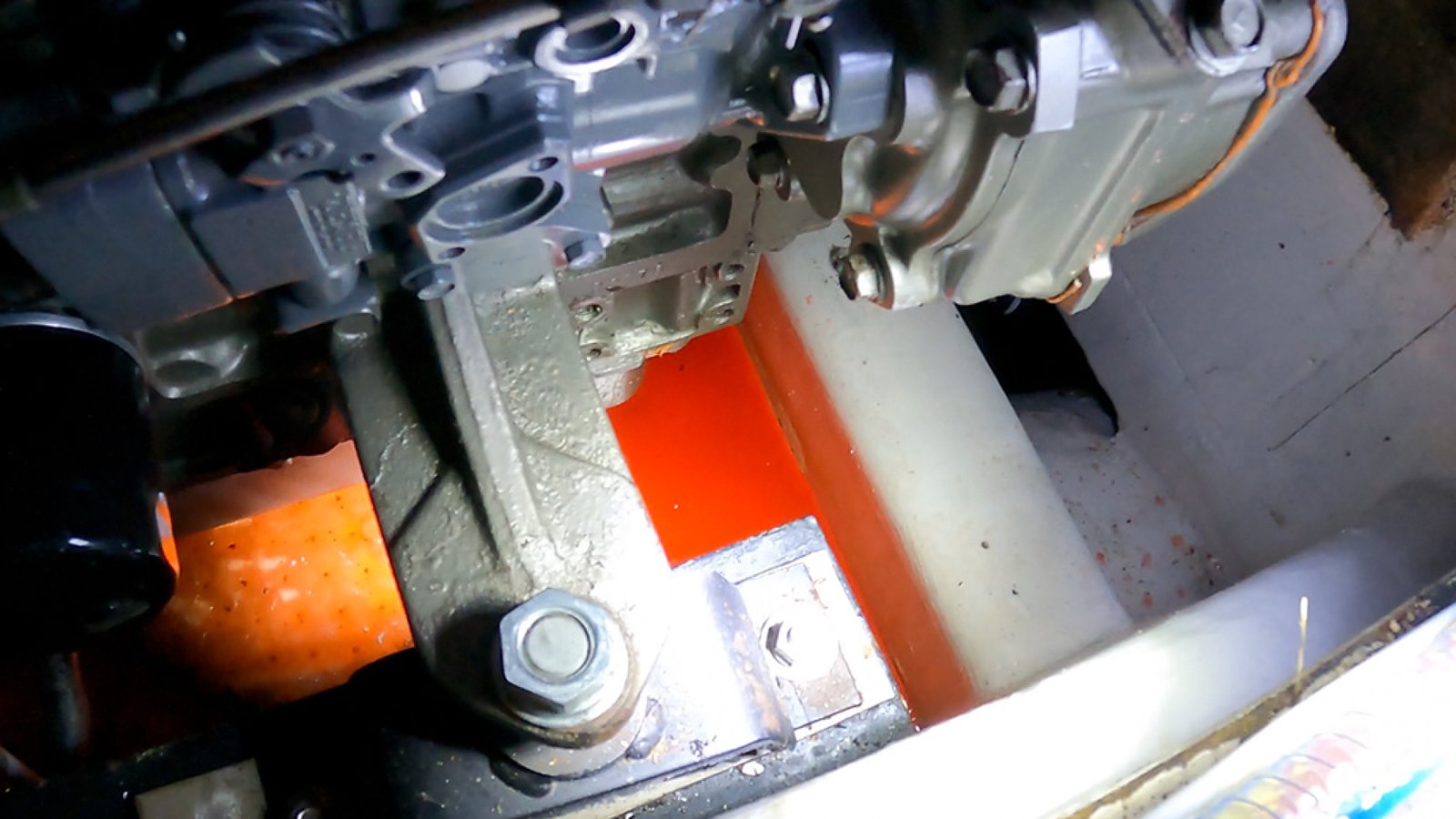As I begin my role as the onboard engineer, I’m still in the process of defining what that truly entails. It will likely take a few weeks to fully understand the scope and rhythm of the work aboard One Ocean. My initial responsibility has been to inspect the various systems and assess their performance—identifying what is functioning well and what requires attention. Ideally, issues are caught and resolved proactively, but on boats, that ideal isn’t always the reality.
At the time of our departure, not all systems were fully operational or complete. This was a known situation, and we had agreed to address outstanding items as we progressed. For example:
- The helm's key switch was intermittently functional; fortunately, we have a secondary switch as a backup.
- The watermaker system had been test-run and functioned, but required further wiring and resolution of minor leaks.
- Several USB outlets had been installed but were not yet connected.
None of these items posed a safety risk to the crew or the vessel, so we proceeded with confidence.
The most unexpected event occurred roughly 10 miles into the trip: we lost all engine coolant, causing the engine to overheat. Upon inspection, we discovered a drain plug had vibrated loose, leading to a visible pool of red antifreeze beneath the engine. Fortunately, the engine bay includes a containment area to prevent fluids from reaching the bilge. With ample antifreeze on board, we quickly resolved the issue. However, this incident revealed that our over-temperature alarm buzzer was non-functional—while the gauge and warning light worked, the buzzer did not. This has been added to our maintenance list.
I've also noted that some of the darker areas of the boat could benefit from additional lighting. I frequently rely on my Petzl headlamp to navigate these spaces and often forget to take it off when sitting down to dinner or going on an errand to the hardware store.

I'm comfortable with our initial travel phase, as we are navigating the Inside Passage en route to Alaska. This region offers accessible opportunities for resupply and support if needed. I have traveled these waters for over 20 years and always look forward to doing this passage. Within the first three days, I contacted Matt at Skagit Valley College to send additional parts and tools, which were delivered by friends driving over—a great logistical advantage.
Looking ahead, I plan to conduct thorough testing of our electrical systems and begin formal documentation. While we gathered numerous notes and sketches during the seven-month refit of One Ocean, I still need to finalize detailed as-built drawings and operating instructions. We’ve implemented numerous upgrades, including two fully independent electrical systems to ensure continuous data collection. I will provide further insights into these systems in future reports.
Cheers,
Mike

